Technical Innovation
Projects
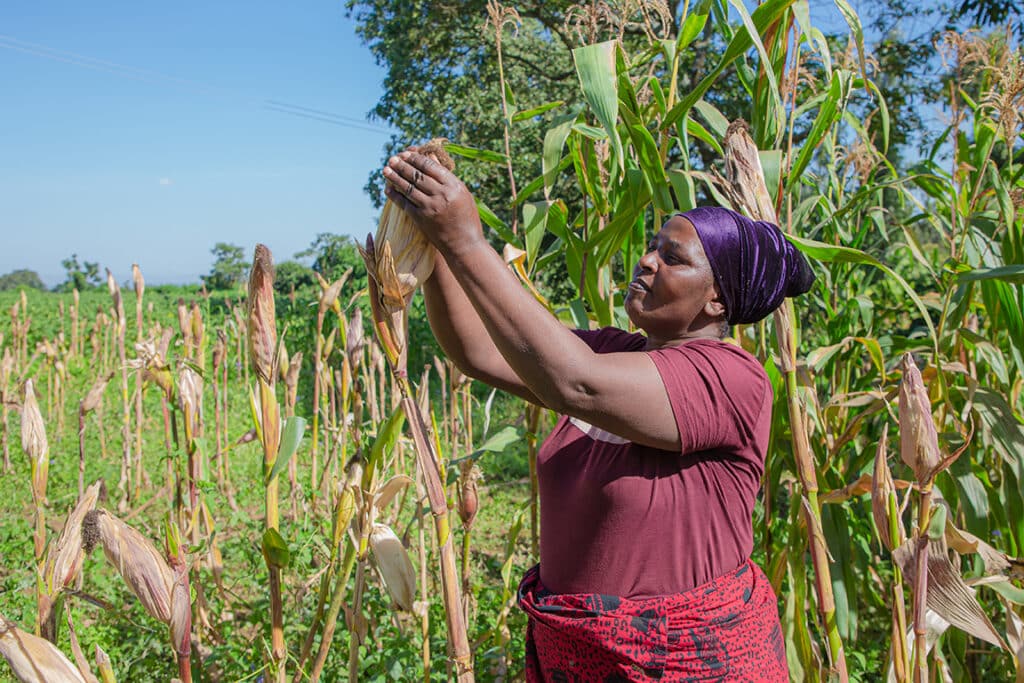
Machine Learning Tools for Early Detection of Maize and Common Bean Diseases for Climate Change Adaptation
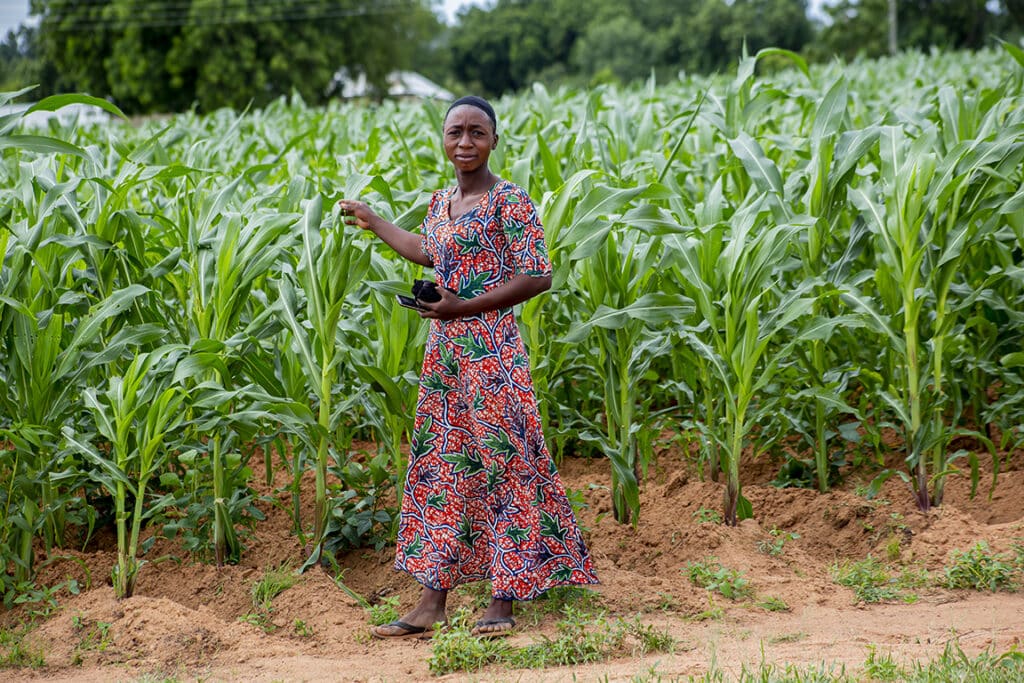
Enhancing Bambara groundnut production, adoption, and utilization for food security and increased income among smallholder farmers in northern Ghana.
This project earned Grow Further a “Vision for Adapted Crops and Soils Champion” designation from the US State Department.
In Northern Ghana, a research team led by the Council for Scientific and Industrial Research-Savanna Agricultural Research Institute seeks to revolutionize the agricultural landscape by developing the first-ever commercial variety of Bambara groundnuts. These versatile legumes, rich in nutrition, are poised to address the region’s chronic food insecurity while improving farmer’s livelihoods and incomes via a burgeoning international groundnut milk market. In addition to their resilience in drought conditions, Bambara groundnuts enhance soil fertility, making them a climate-resilient, regenerative crop. The project takes a multi-pronged approach to empower smallholder farmers, especially women, and foster sustainable development through social science research on the traits farmers want, breeding, agronomy, and government and private-sector partnerships to develop seed markets. CSIR-SARI has experience developing numerous crop varieties, some of which are now standard in northern Ghana.
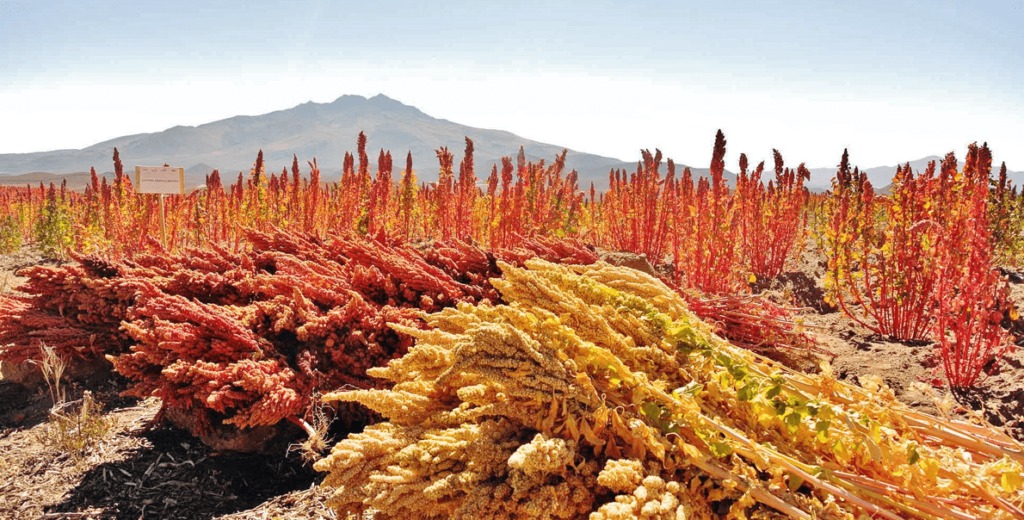
in Africa
Global food production is heavily dependent on just four crops: maize, wheat, rice, and soybean. This creates a risk of plant disease epidemics, as well as problems with nutrition and food allergies. Yet these four species continue to capture the vast majority of research funding for grain crops.
Quinoa is one of the most promising alternative grain crops. Quinoa is native to and still mainly grown in the Andes, but has a much larger potential as its cultivation is similar to wheat. Quinoa is more nutritious and more tolerant of adverse conditions than conventional grain crops, and has a growing global market, but little is known about how to achieve high yields in Africa. We are considering supporting a scientist working on adapting it to African conditions by testing different cultural practices.
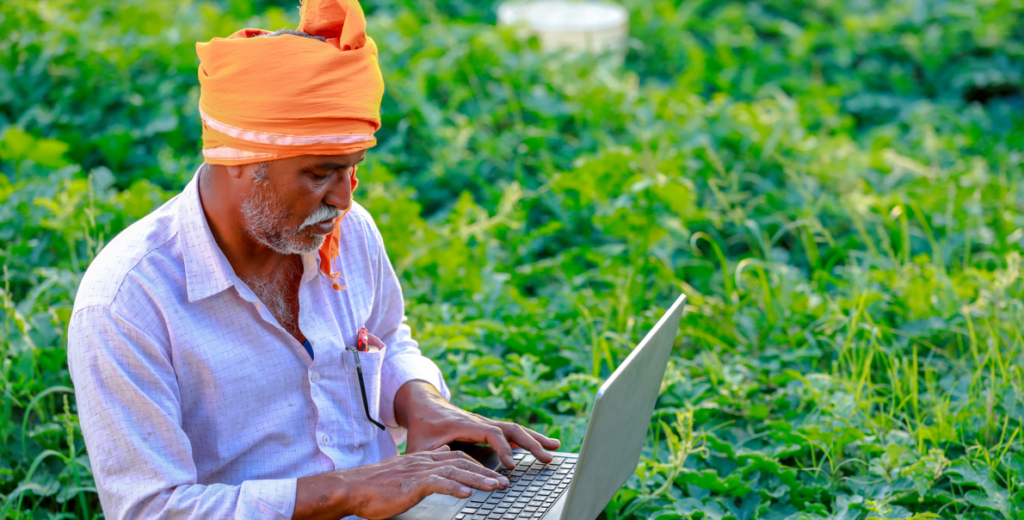
Video and digital technology have begun to revolutionize agricultural extension, both through top-down (scientist to farmer) and peer-to-peer (farmer to farmer) platforms. Organizations like Digital Green and Access Agriculture have created such platforms and successfully provided quality-moderated information at scale. But the process of scientists receiving feedback from farmers remains inefficient. We might support the development of a bottom-up video platform where farmers communicate the problems they’re facing and offer feedback to scientists to help them set priorities and design solutions.
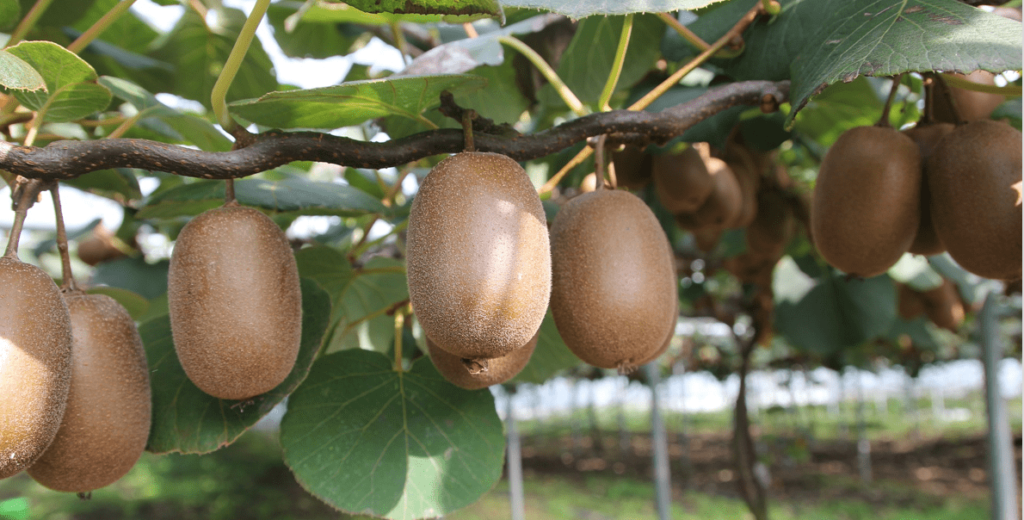
A new kiwi disease has emerged in China’s Sichuan Province. Some farmers believe that it can be controlled without fungicides through some simple measures like changing the time of day of irrigation. However, thus far no grant has been available for a credentialed scientist to test their idea.
This is the type of project that can fall between the cracks of major institutions, and where we may be able to help.
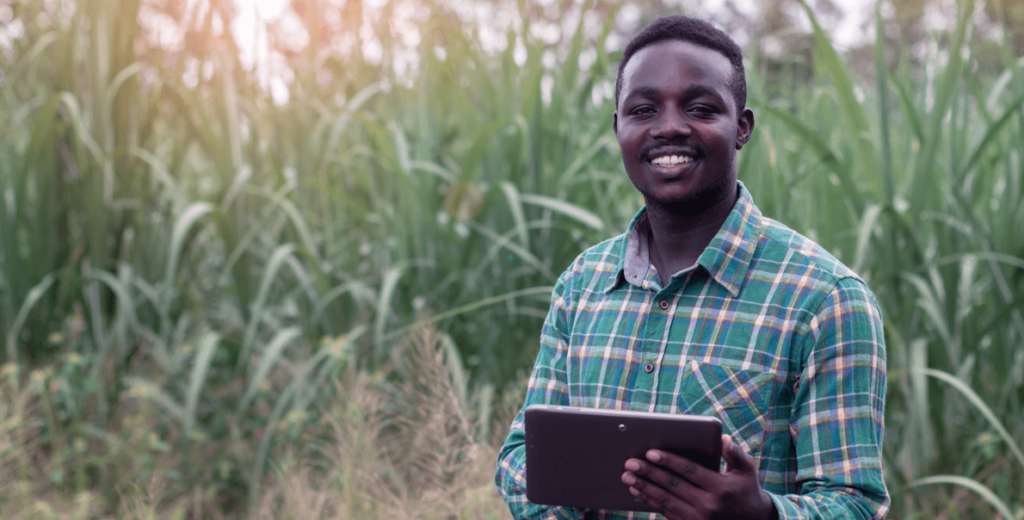
An increasing number of farmers in developing countries own smartphones, but many useful agriculture-related apps (such as irrigation scheduling apps) have not been translated or otherwise localized. Making apps more relevant and accessible to farmers, work that could show results with a smaller budget and shorter time-frame than traditional agricultural research, could be a great fit for us.


